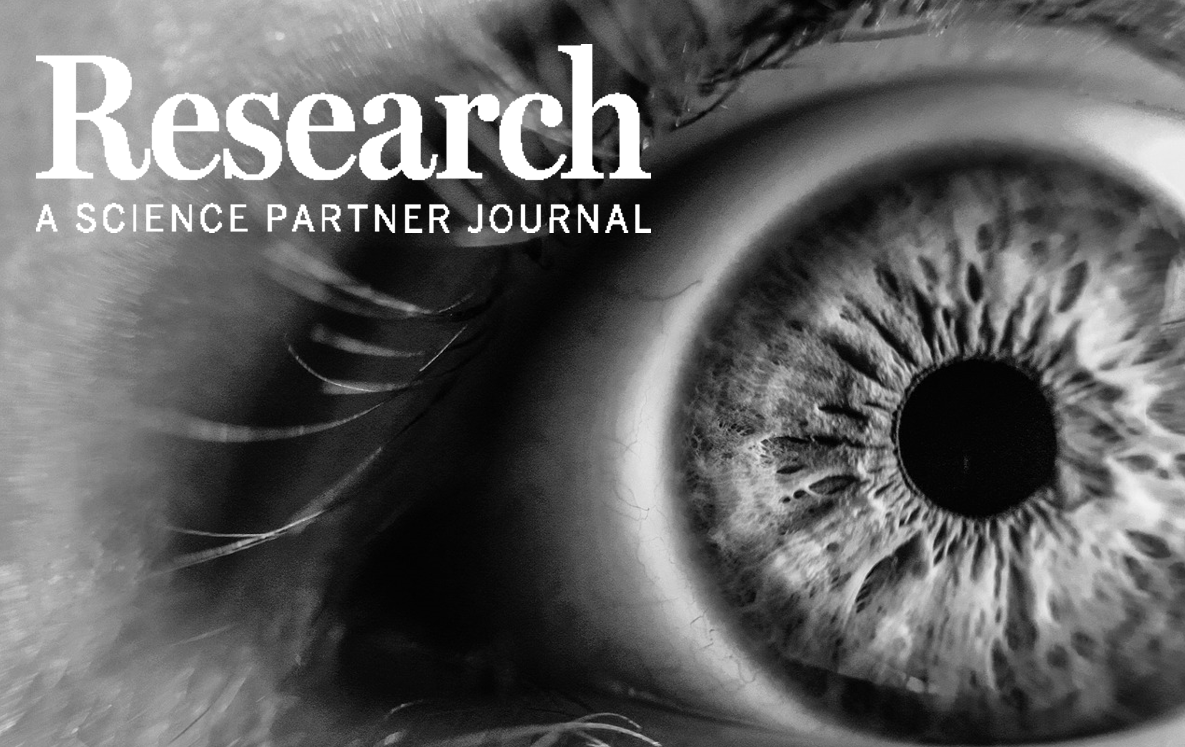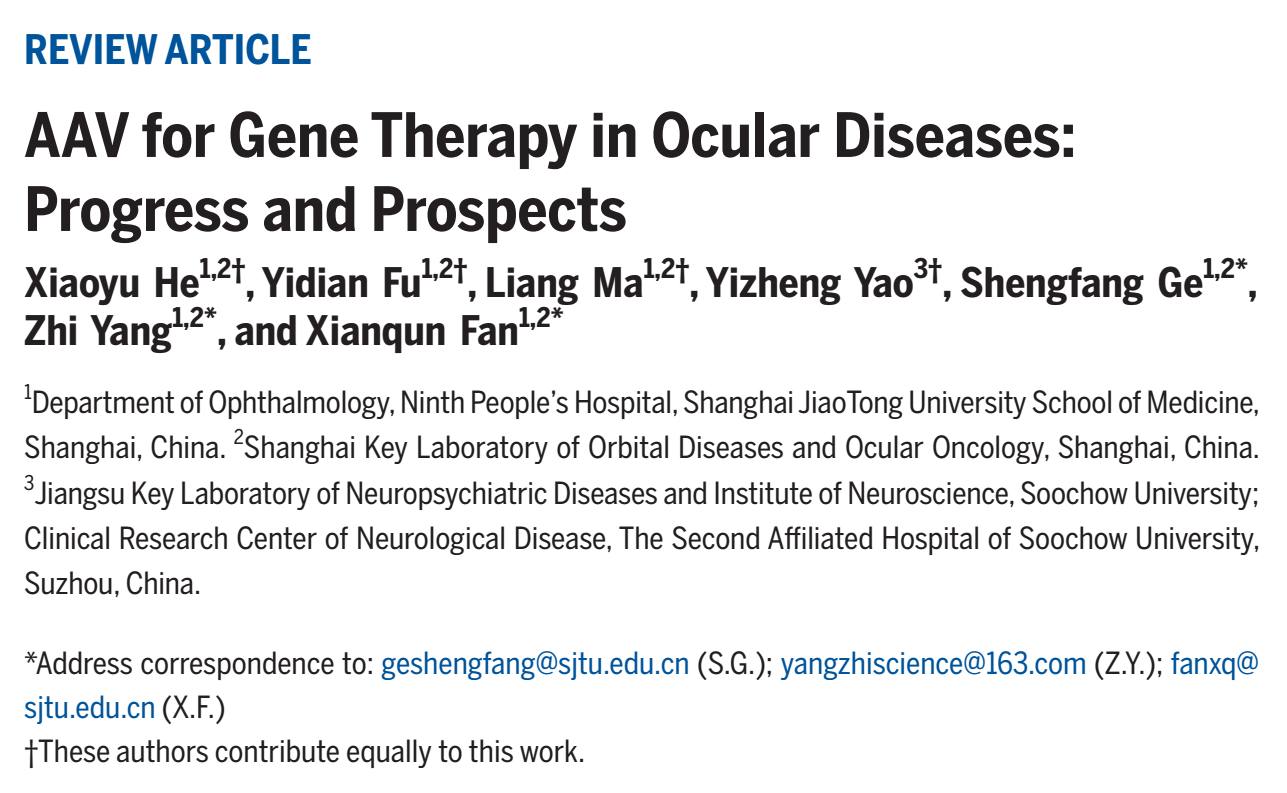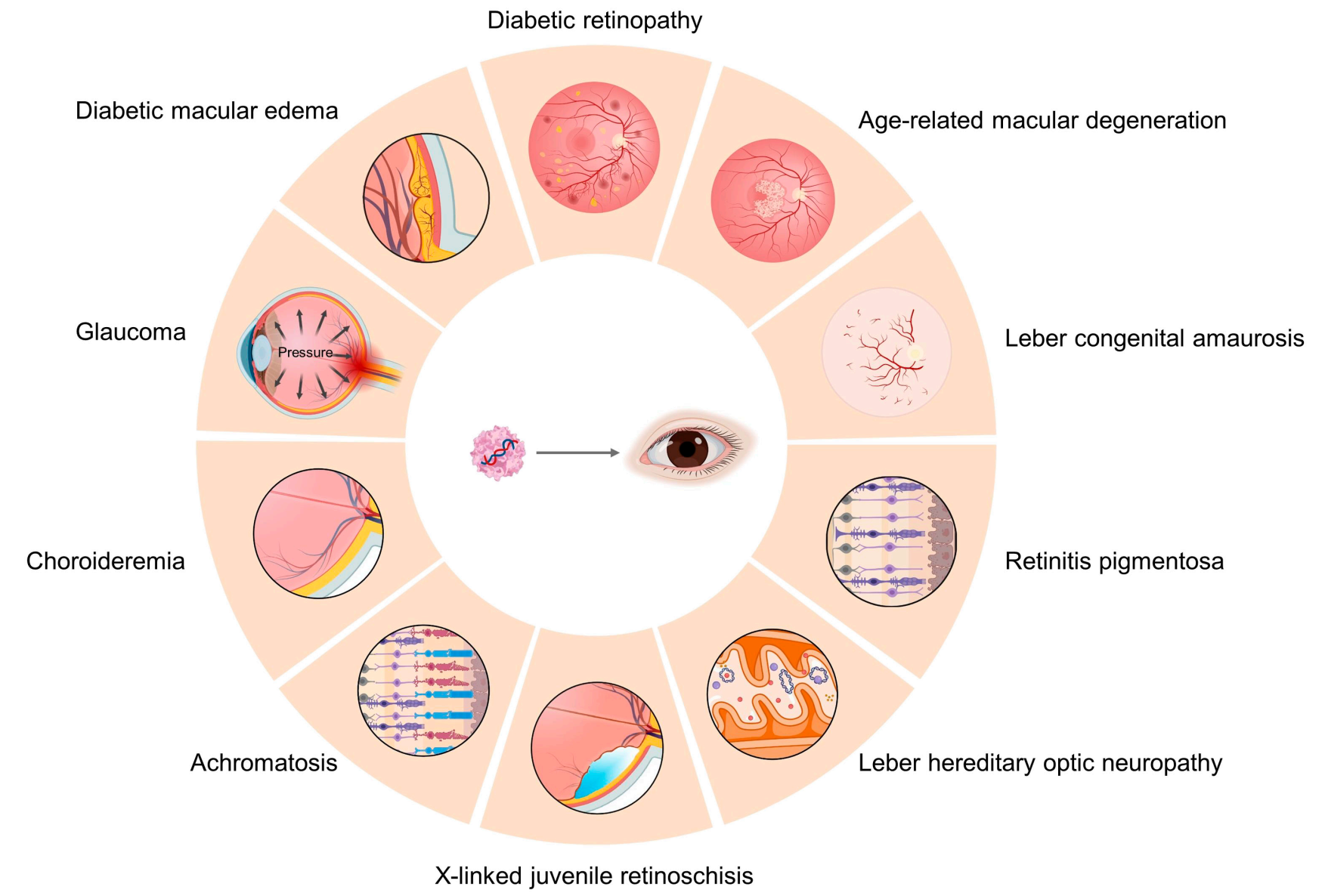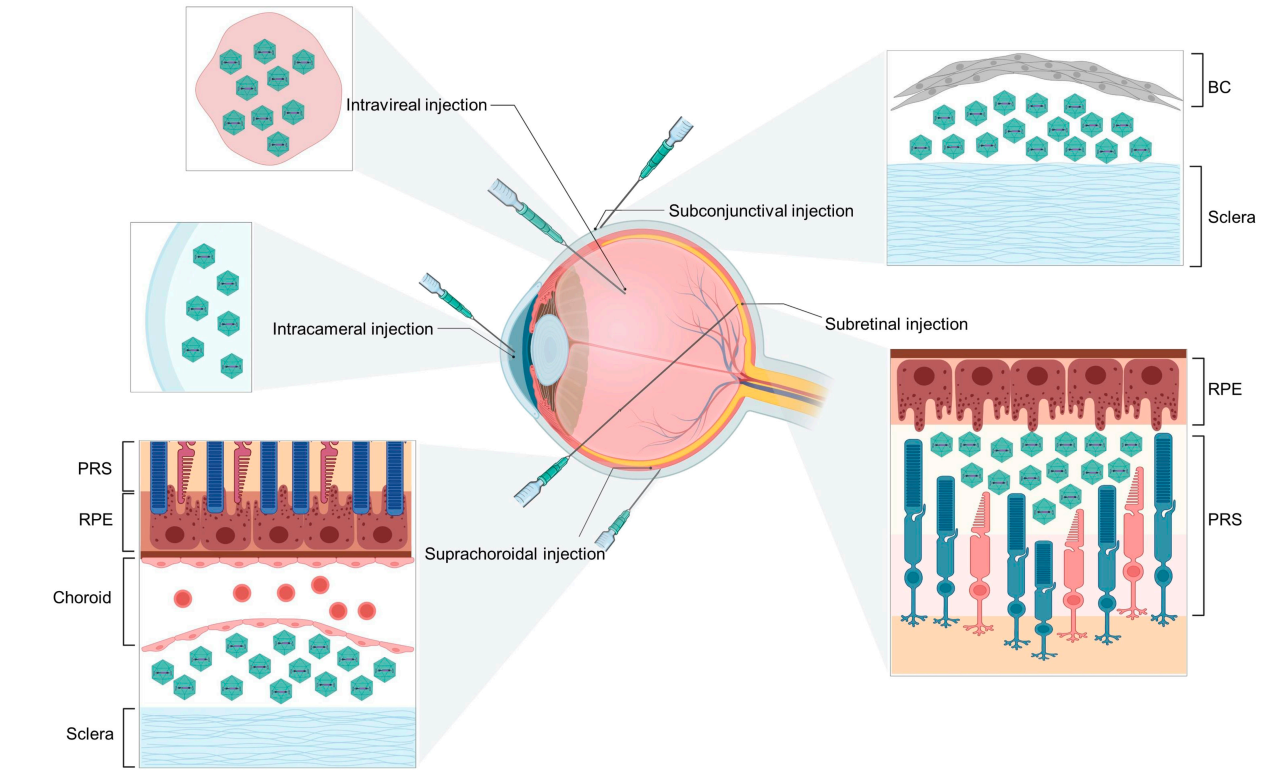Research | Academician Xianqun Fan's Team at Shanghai Jiao Tong University: Progress and Prospects of AAV in Gene Therapy Applications for Eye Diseases
Recently, the team led by Academician Fan Xianqun from Shanghai Jiao Tong University published a review paper titled "AAV for gene therapy in ocular diseases: Progress and prospects" in Research. The article comprehensively summarizes and forecasts the advantages of adeno-associated virus (AAV) in ocular gene therapy, its application in clinical trials for eye diseases, delivery strategies, and vector modification.
Citation:He X, Fu Y, Ma L, Yao Y, Ge S, Yang Z, Fan X. AAV for Gene Therapy in Ocular Diseases: Progress and Prospects. Research 2023;6: Article 0291.
Research Background
As one of the most important vectors in the field of gene therapy, AAV has been widely used in the clinical treatment of various genetic diseases. Currently, several AAV-based gene therapy drugs have been marketed worldwide and have achieved significant therapeutic effects in clinical diagnosis and treatment. Benefiting from the blood-eye barrier and the diversity of cell and tissue types, the eye possesses a relatively independent and enclosed internal environment, making it one of the ideal target organs for gene therapy. Luxturna, as the first gene therapy drug approved by the FDA for the treatment of congenital Leber's amaurosis, has demonstrated the great potential of AAV-based gene therapy strategies in the treatment of various types of eye diseases. At present, more and more research is dedicated to improving the transduction efficiency and tissue specificity of AAV in the eye, and achieving gene therapy for eye diseases through strategies such as gene supplementation and editing.
Research Progress
Initially, AAV (Adeno-associated virus) was isolated during the preparation process of adenovirus. As its sequence was cloned and with the advancement of recombinant technology, it gradually became clear that AAV is a relatively safe biological source. Consequently, AAV began to be used as a delivery vector for gene therapy. With its widespread application in optogenetics and the treatment of other monogenic hereditary eye diseases, more researchers have focused on proposing new gene therapy strategies for eye diseases by optimizing AAV's delivery pathways and modifying AAV's genomic components, and pushing forward towards clinical translation.
Figure 1: A Brief History of AAV Development in Gene Therapy for Eye Diseases, Source: Science and Technology Review
Currently, the advancement of AAV in clinical research is thriving, with continuous development of AAV delivery strategies for various types of eye diseases. Retinal monogenic hereditary diseases such as Leber's congenital amaurosis, retinitis pigmentosa, Leber's hereditary optic neuropathy, congenital retinoschisis, and choroideremia were among the first to be treated with AAV gene therapy, achieving good therapeutic effects. In recent years, common non-monogenic eye diseases such as age-related macular degeneration, diabetic retinopathy, and glaucoma have also seen significant therapeutic effects through optimized AAV targeting treatment strategies. Various institutions have expanded the application range of AAV in eye diseases by advancing clinical trials.
Figure 2: Main Types of Eye Diseases Advanced in Clinical Trials at Various Stages Based on AAV Gene Therapy, Source: Science and Technology Review
Future Outlook
The eye is a complex and precise organ, with various types of tissues and cells each playing their role, enabling people to obtain correct visual information. Different types of eye diseases not only have different pathogenic mechanisms but also affect different tissue locations. Using different delivery methods to accurately target AAV to the lesioned tissue can not only reduce the dosage of AAV, ensuring safety, but also effectively improve the therapeutic effect of AAV-mediated gene therapy, which is another effective way to optimize gene therapy for eye diseases. Subretinal injection has a limited range of action but can accurately and effectively target lesioned tissues in all layers of the retina. Intravitreal injection has a wide range of action but limited effects. Anterior chamber injection can cover tissues such as the cornea, lens, ciliary body, and trabecular meshwork. Subconjunctival injection, suprachoroidal space injection, and others can effectively target their surrounding tissues. Choosing the appropriate AAV delivery pathway for different eye disease tissues can make gene therapy for eye diseases more effective with less effort.
Figure 3: Various AAV Delivery Routes in Eye Disease Treatment, Source: Science and Technology Review
Gene therapy for eye diseases has entered the fast lane, with AAV being one of the most important delivery vectors. In the future, by modifying the AAV capsid through targeted screening, random design, and other methods, using tissue-specific promoters, and shortening the terminal domains among other genomic modification strategies, its delivery effectiveness and specificity can be continuously optimized. The vast application prospects have also prompted an increasing number of clinical studies. In the near future, it is expected that AAV-mediated gene therapy drugs for eye diseases will be marketed both internationally and domestically, benefiting numerous patients.
Link to the paper:https://doi.org/10.34133/ research.0291
Source: Science and Technology Review
[Disclaimer] This article is a repost. This platform is only for sharing and disseminating information. All copyrights belong to the original author. If there is any infringement, please contact us to remove it.




